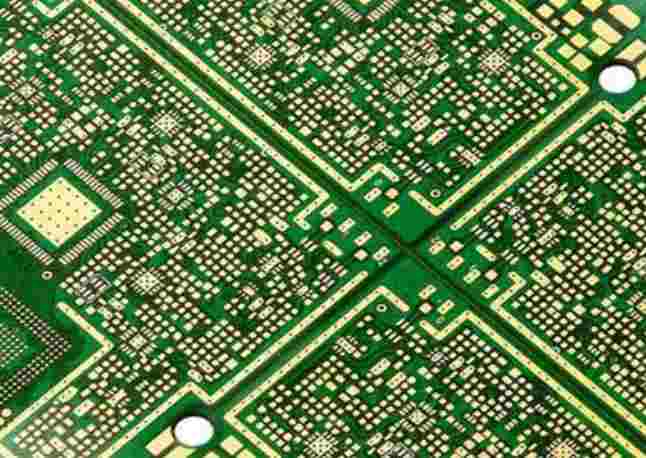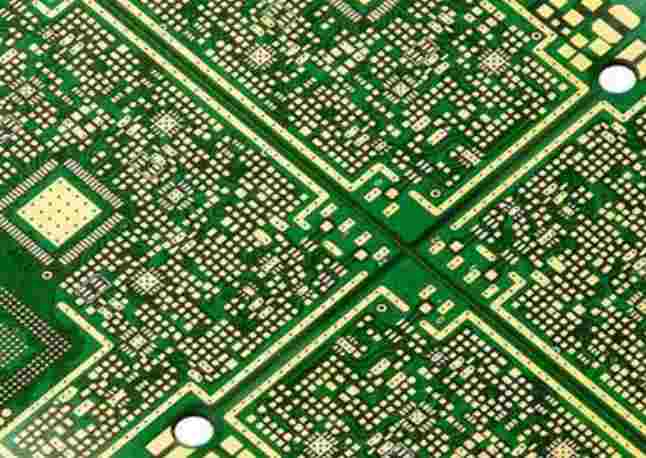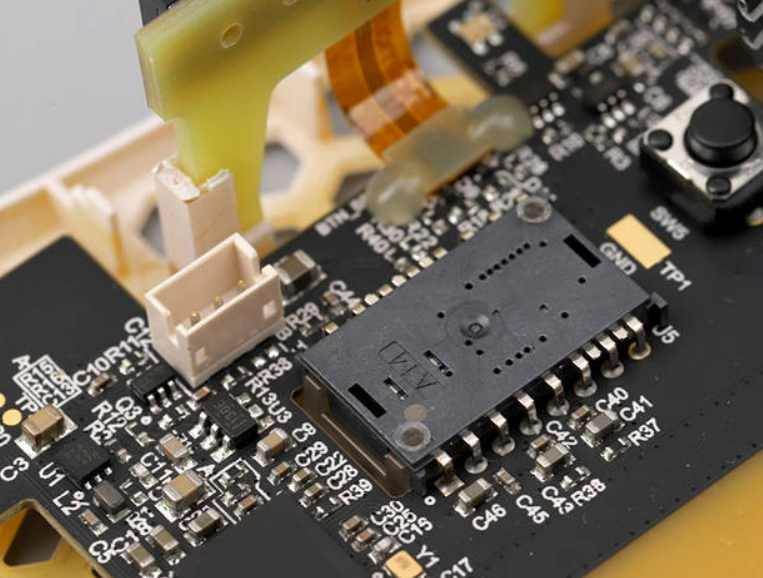
What is a ground wire? In the textbook, the definition of ground wire is: ground wire is an equipotential body, as a reference point of circuit potential. This definition does not fit the reality. The potential on an actual ground wire is not constant. If a meter is used to measure the potential between the points on the ground line, it will be found that the potential of the points on the ground line may vary greatly. It is these potential differences that cause the circuit to not work properly. The definition of a circuit as an equipotential is just one's expectation of a ground potential. A more realistic definition of a ground wire is defined as a low impedance path for signal flow back to the source. In this definition the flow of electric current in the ground wire is emphasized. From this definition, it is easy to understand why ground wires produce potential differences. Because the impedance of a ground wire is never zero, a voltage drop occurs when a current flows through a finite impedance. So we should imagine that the potential on a ground wire is like a wave in the ocean, wave after wave.
Speaking of the potential difference between the points on the ground wire caused by the ground wire impedance, many people think it is incredible: when we use an ohmmeter to measure the resistance of the ground wire, the resistance of the ground wire is often in milliohm level. How can the current flowing through such a small resistance produce such a large voltage drop, leading to the abnormal work of the circuit.
Ground interference mechanism, common impedance interference When two circuits share a ground wire, the ground potential of one circuit will be modulated by the operating current of the other circuit due to the impedance of the ground wire. This coupling of signals in a circuit to another circuit is called common impedance coupling.

In digital circuits, ground wires tend to present a larger impedance due to the higher signal frequency. In this case, if there are different circuits sharing a ground line, common impedance coupling may occur
From the point of view of the mechanism of ground circuit interference, as long as the current in the ground circuit is reduced, the ground circuit interference can be reduced. If the current in the grounding circuit can be completely eliminated, the problem of interference in the grounding circuit can be completely solved. Therefore, we propose the following solutions to solve the ground loop interference.
A. Make one end of the device float If one end of the circuit floats, the grounding circuit is cut off and the current in the grounding circuit can be eliminated. But there are two caveats. First, for safety reasons, the circuit is often not allowed to float. In this case, consider grounding the device through an inductor. In this way, the grounding impedance of 50Hz AC current device is small, while for interference signals with higher frequencies, the grounding impedance of the device is relatively large, reducing the grounding circuit current. But this can only reduce the high-frequency interference of the ground loop interference. Another problem is that although the device is floating, there is still a parasitic capacitance between the device and the ground. The capacitor provides a lower impedance at higher frequencies, so it is not effective in reducing the high frequency ground loop current.
B. Use transformers to connect devices. Using a magnetic circuit to connect the two devices cuts off the ground circuit current. However, it should be noted that the parasitic capacitance between the transformer primary and secondary can still provide a path for the high-frequency grounding loop current, so the transformer isolation mode has poor suppression effect on the high-frequency grounding loop current. One way to improve the high frequency isolation effect of a transformer is to install a shield between the primary and secondary parts of the transformer. However, it must be noted that the grounding end of the isolating transformer shield must be at the receiving end of the circuit. Otherwise, not only can not improve the high frequency isolation effect, but also make the high frequency coupling more serious. Therefore, the transformer should be installed on the side of the signal receiving device. A well-shielded transformer can provide effective isolation at frequencies below 1MHz.
C. Another way to cut the ground loop with an optical isolator is to use light to transmit the signal. This can be said to be the most ideal way to solve the ground loop interference problem. There are two methods of optical connection, one is the optocoupler device, the other is the fiber connection. The parasitic capacitance of the optocoupler is generally 2pf, which provides good isolation at very high frequencies. Optical fibers have almost no parasitic capacitance, but are inferior to optical couplers in installation, maintenance, cost, etc.
D. The use of common mode choke on the connecting cable is equivalent to increasing the impedance of the grounding circuit, so that the current of the grounding circuit decreases under a certain grounding voltage. But attention should be paid to the parasitic capacitance of the common mode choke, otherwise the isolation effect of high frequency interference is very poor. The larger the number of common-mode chokes, the larger the parasitic capacitance and the worse the high frequency isolation.
Uncoupling common impedance In addition to the common impedance coupling, there are two ways to uncoupling. One is to reduce the impedance of the common ground wire, so that the voltage on the common ground wire is also reduced, thus controlling the public impedance coupling. Another approach is to avoid the common ground wires of circuits that tend to interfere with each other through proper grounding. Generally, it is necessary to avoid the common ground of strong electric circuits and weak electric circuits, and the common ground of digital circuits and analog circuits. As mentioned earlier, the core problem in reducing the impedance of a ground wire is reducing the inductance of the ground wire. This includes grounding with flat conductors and multiple parallel conductors spaced apart. For the printed circuit board, the ground grid is laid on the double board, which can effectively reduce the ground impedance. Multilayer board although dedicated to the use of a layer of ground wire, although the impedance is very small, but will increase the cost of the circuit board. The grounding method to avoid common impedance through proper grounding is single point parallel grounding. The disadvantage of parallel grounding is that there are too many ground wires. Therefore, in practical applications, not all circuits must be grounded in single parallel. For the circuit with less mutual interference, a single point can be grounded in series. For example, circuits can be classified according to strong signal, weak signal, analog signal, digital signal, etc., and then use series single point grounding within the same type of circuits, and use parallel single point grounding for different types of circuits.
Conclusion: The main reason of electromagnetic interference caused by ground wire in PCB is the impedance of ground wire. When an electric current flows through a ground wire, a voltage is generated on the ground wire. This is ground noise. Driven by this voltage, a ground circuit current will be generated, causing interference in the ground circuit. Common impedance coupling occurs when two circuits share a piece of ground. The way to solve the interference of the grounding circuit is to cut off the grounding circuit, increase the impedance of the grounding circuit, and use the balance circuit. The solution to the common impedance coupling is to reduce the impedance of the common ground wire, or to eliminate the common impedance completely by using a single point ground in parallel.









